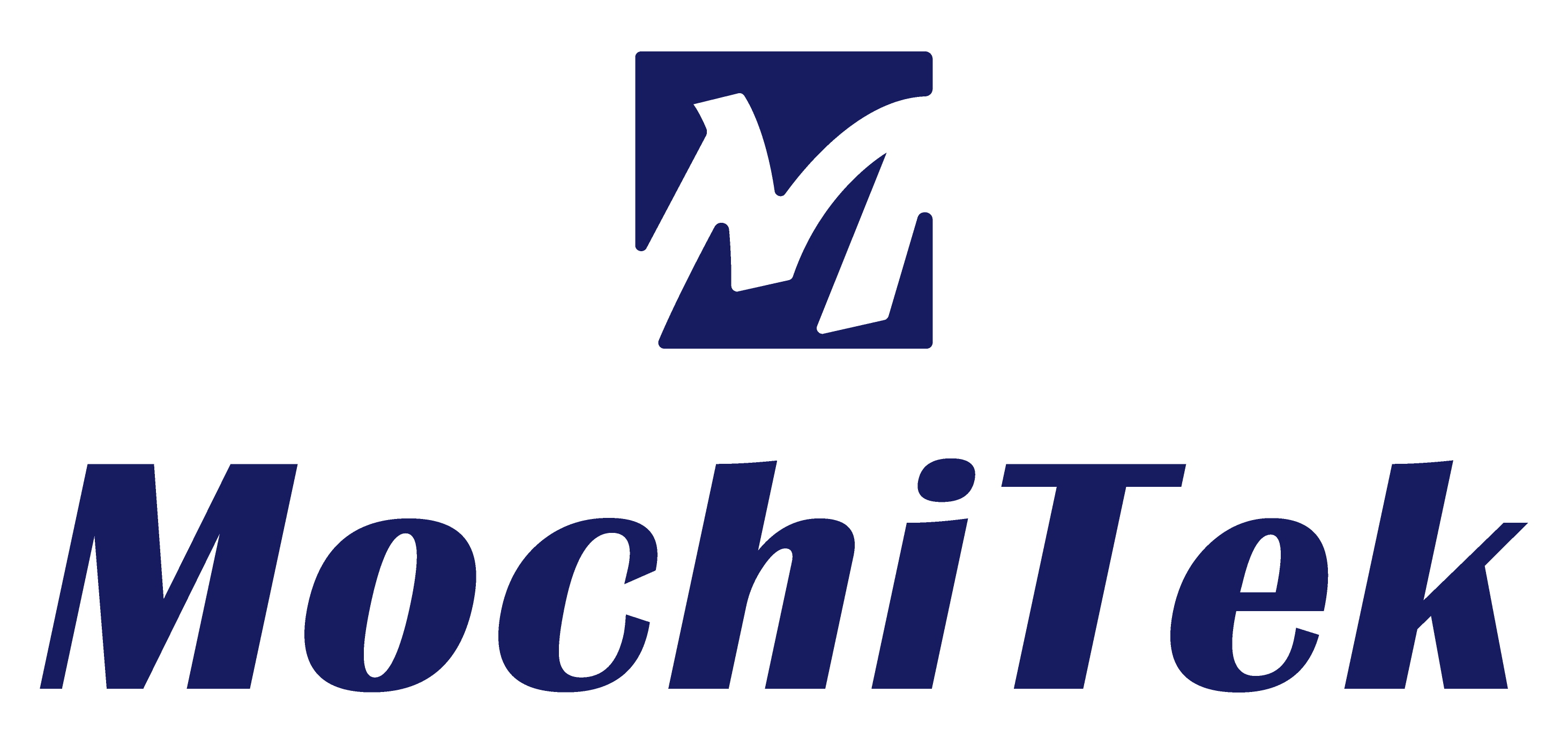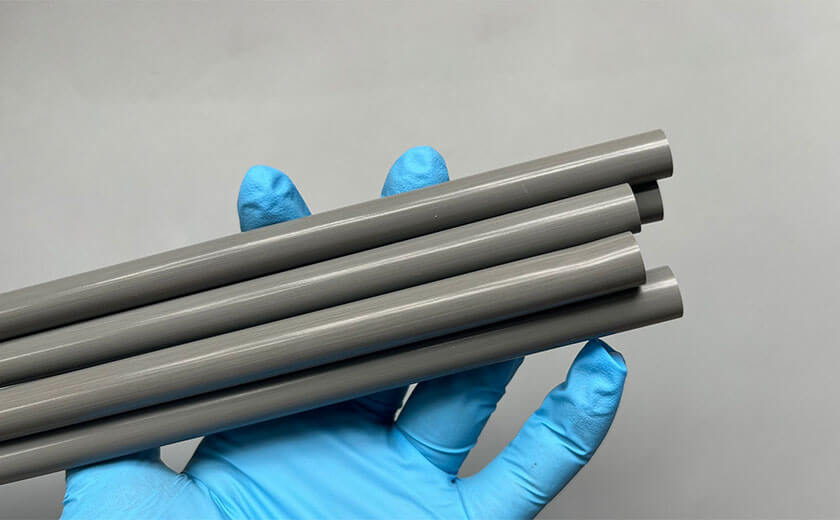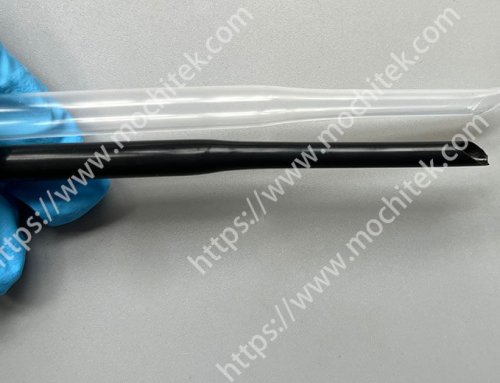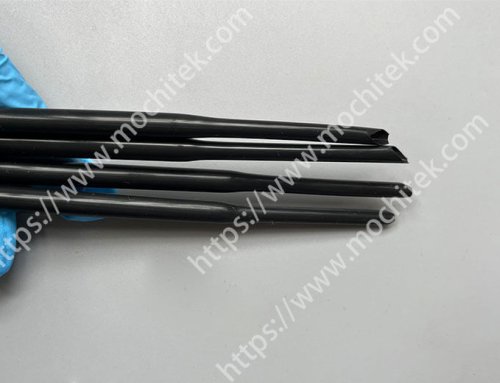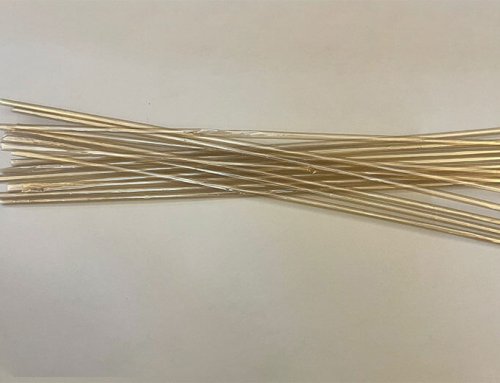With the rapid development of minimally invasive interventional therapy, the demand for the visualization of medical devices is increasingly high. Although traditional PTFE (Polytetrafluoroethylene) tubes possess excellent biocompatibility and lubricity, their radiolucency restricts their application in image-guided surgeries. Adding 8% Bi₂O₃ (Bismuth Trioxide) to PTFE tubes is a common modification method, primarily aimed at enhancing the material’s radiopacity, making it clearly visible under X-ray, CT, or fluoroscopy. This modification is particularly crucial in medical catheters, interventional devices, and minimally invasive surgical tools.
So, why is Bi₂O₃ chosen as the contrast agent for PTFE? The following three main reasons are considered:
- High atomic number (Z=83): The bismuth element in Bi₂O₃ has high density, effectively absorbing X-rays, and providing better visualization effects than BaSO₄ (Barium Sulfate) or tungsten powder.
- Low addition amount, high performance: Only an 8% addition amount is required to meet medical-grade visualization requirements, avoiding the decline in PTFE’s mechanical properties due to excessive filling.
- Chemical stability: Bi₂O₃ has good compatibility with PTFE, is not prone to migration or precipitation, and ensures long-term safety in use.
Impact of 8% Bi₂O₃ on the properties of PTFE tubes:
| Property Index | Pure PTFE | PTFE+8% Bi₂O₃ | Reason for Change |
| Radiopacity | Invisible | High radiopacity (clearly visible under X-ray) | Bi₂O₃ absorbs X-rays |
| Coefficient of friction | Extremely low (0.05~0.1) | Slightly increased (still superior to most materials) | Fillers slightly affect surface smoothness |
| Tensile strength | 20~30 MPa | 15~25 MPa | Fillers dispersion may form stress concentration points |
| Temperature resistance | -200°C~+260°C | Basically unchanged | Bi₂O₃ is high-temperature resistant |
| Processability | Easy to extrude and sinter | Process optimization required (e.g., mixing uniformity) | Fillers may affect melt fluidity |
The integration of 8% Bi₂O₃-modified PTFE tubes has significantly expanded the capabilities of medical devices in several critical fields, where precise visualization and reliable performance are paramount. Below are the primary domains benefiting from this innovation:
1.Vascular Interventional Catheters:
In procedures such as angioplasty, stent placement, or thrombus removal, the enhanced radiopacity of Bi₂O₃-doped PTFE catheters enables real-time X-ray or fluoroscopic tracking. This ensures accurate navigation through complex vascular networks, reducing the risk of misplacement or vascular injury. For instance, balloon catheters used in coronary interventions require high visibility to monitor expansion and positioning, while microcatheters in neurovascular applications rely on this clarity to navigate delicate cerebral vessels safely.
2.Neurointerventional Devices:
Neurointerventional procedures, such as aneurysm coiling or thrombectomy, demand ultra-thin, highly flexible catheters with exceptional radiopacity. The addition of Bi₂O₃ to PTFE allows neurosurgeons to visualize catheter tips and devices within the intricate and fragile neurovascular system, minimizing the need for contrast agents and enabling precise interventions. This is critical in avoiding complications like vessel perforation or incomplete occlusion.
3.Endoscopic Accessories:
Endoscopic tools, including biopsy forceps channels, guidewires, and stent delivery systems, often operate under fluoroscopic guidance. Bi₂O₃-modified PTFE components provide clear visualization during procedures like gastrointestinal endoscopy or bronchoscopy, ensuring tools reach the target site without damaging surrounding tissues. For example, in colonoscopy-assisted tumor biopsies, the visibility of the channel tube aids in guiding the forceps to the lesion accurately.
4.Radioactive Particle Delivery Systems:
In brachytherapy or localized radiation treatments, Bi₂O₃-doped PTFE tubes serve as carriers for radioactive seeds or sources. While Bi₂O₃ itself is non-radioactive, its radiopacity allows physicians to track the delivery tube’s position during implantation, ensuring precise placement of therapeutic radiation. This is vital in treating cancers such as prostate or liver tumors, where millimeter-level accuracy is required to spare healthy tissues.
5.Other Minimally Invasive Tools:
Beyond the above, Bi₂O₃-enhanced PTFE is used in drainage catheters (e.g., for pleural or abdominal effusions), where visualization ensures correct placement and function. It is also employed in urological devices, such as nephrostomy tubes, to confirm tip location and prevent migration.
The versatility of Bi₂O₃-modified PTFE stems from its balance of radiopacity, biocompatibility, and mechanical integrity, making it indispensable in modern interventional medicine.
At Mochitek, we specialize in providing customized fluoroplastic solutions. Our product line covers various materials such as PTFE (Polytetrafluoroethylene), FEP (Fluorinated Ethylene Propylene), PFA (Perfluoroalkoxy Resin), and PVDF (Polyvinylidene Fluoride), including tubing, heat-shrinkable sleeves, and sheets. These materials not only exhibit superior performance but also have high plasticity, allowing them to be shaped into various forms and sizes through thermoforming processes.
We understand that every customer’s project is unique. Therefore, we combine custom manufacturing techniques with thermoforming processes to produce fluoroplastic products of almost any composition at relatively low costs. Whether it’s spiral cutting, slicing, slitting, fluting, flanging, flare expanding, coiling, bending, cutting, or printing, our team can provide comprehensive, one-stop processing services based on your specific design requirements.
At Mochitek, we have a knowledgeable and experienced customer service and R&D team. They are always ready to listen to your needs, deeply understand your projects, and provide you with the most satisfactory fluoroplastic solutions. We are committed to establishing long-term partnerships with customers and jointly promoting technological innovation and product optimization.
If you have any questions or needs regarding fluoroplastic thermoforming processes or our customized services, please feel free to contact us. Our contact information is as follows:
Phone: +86 15956561251
Email: ruby@mochi.org.cn
Looking forward to working with you to create a bright future!
